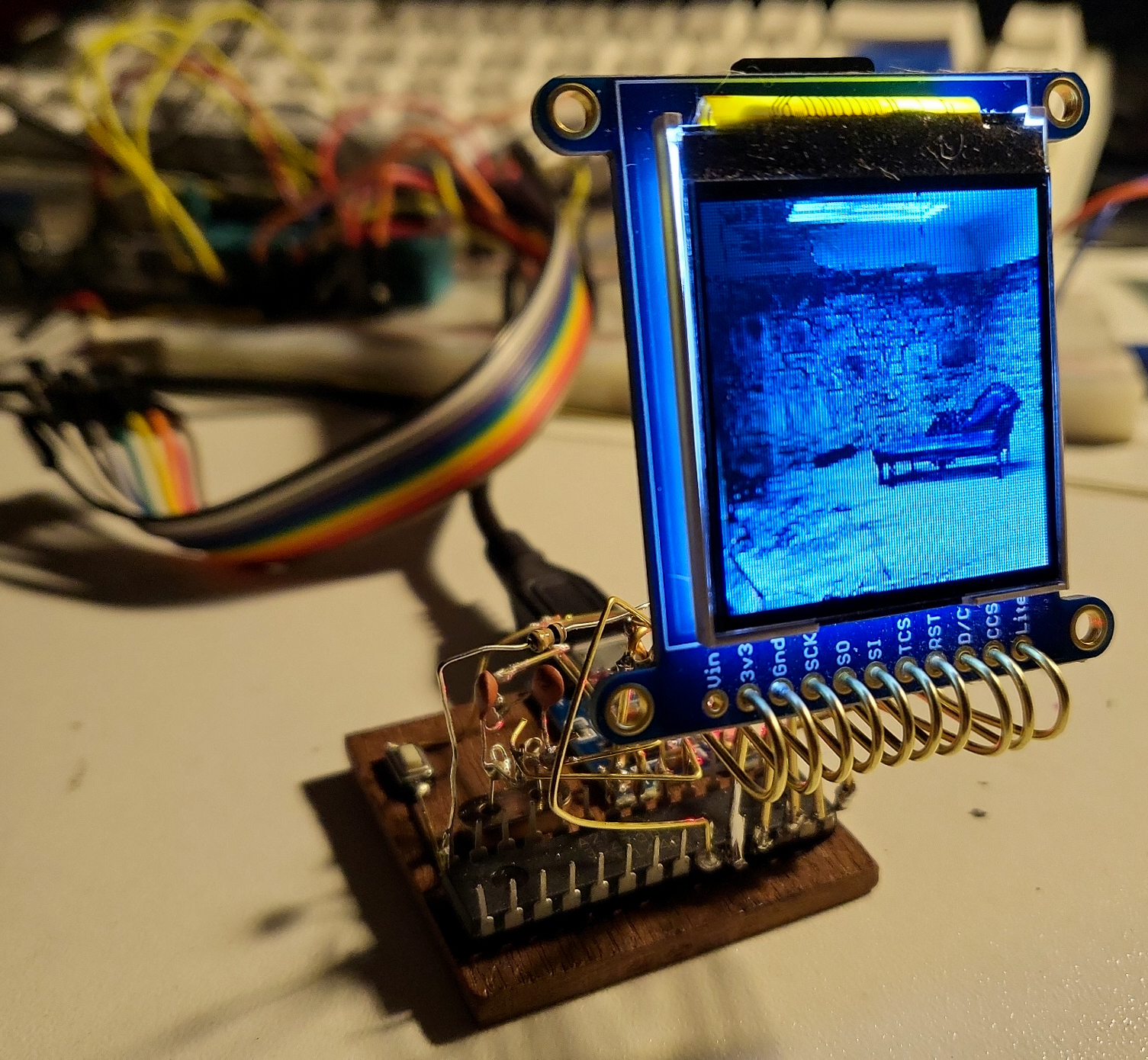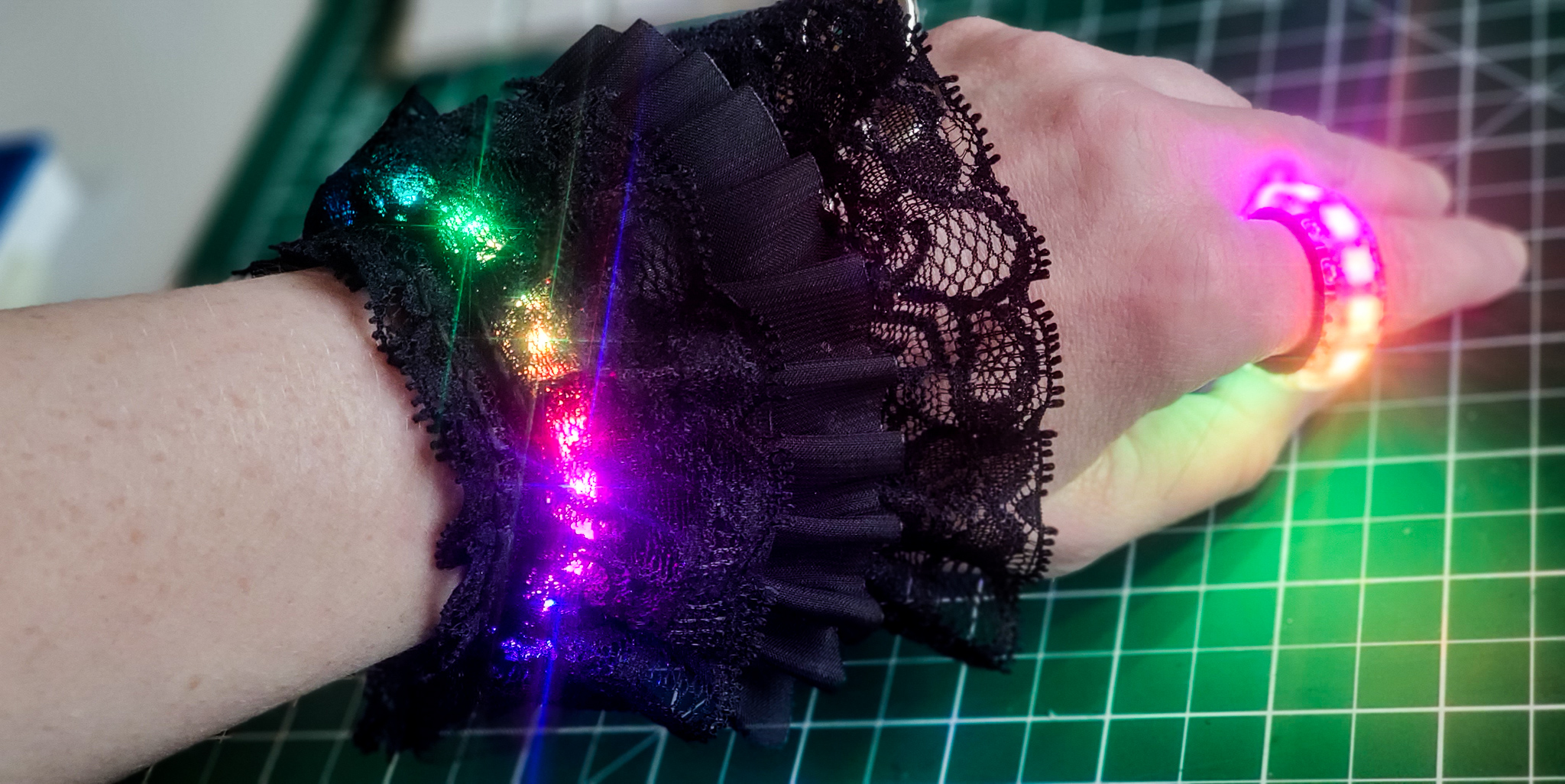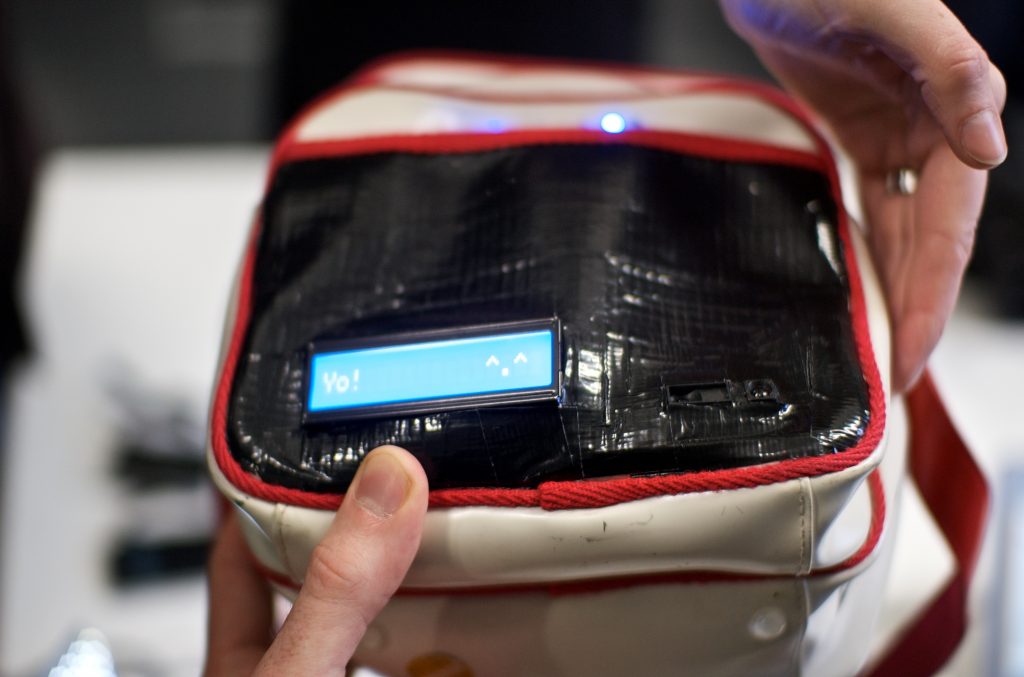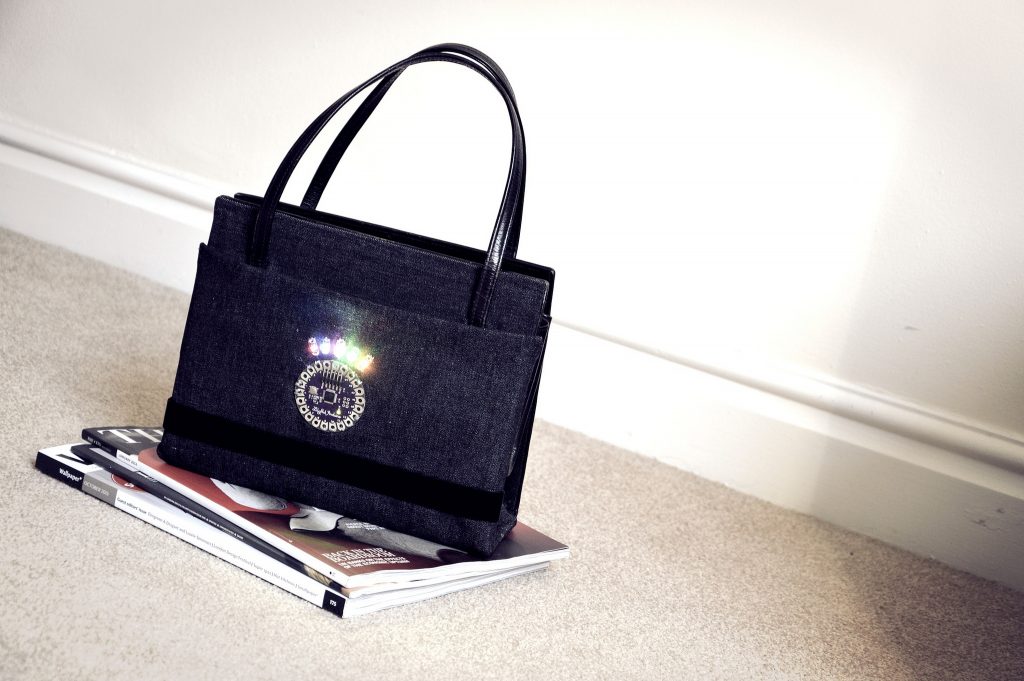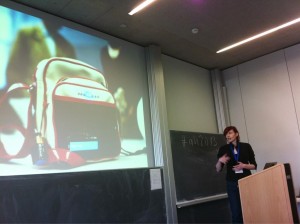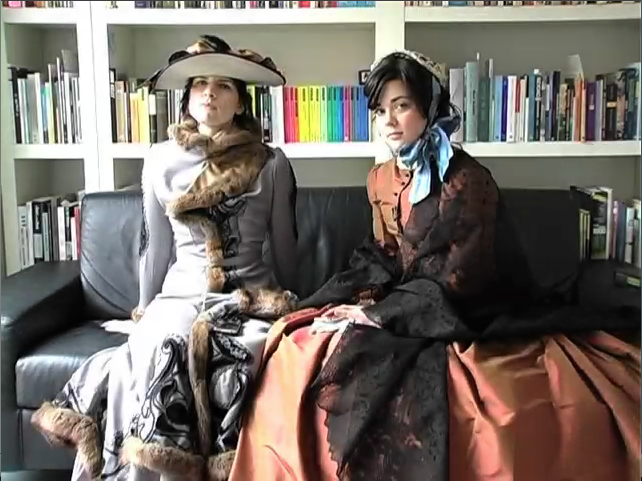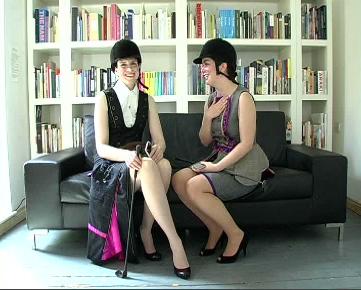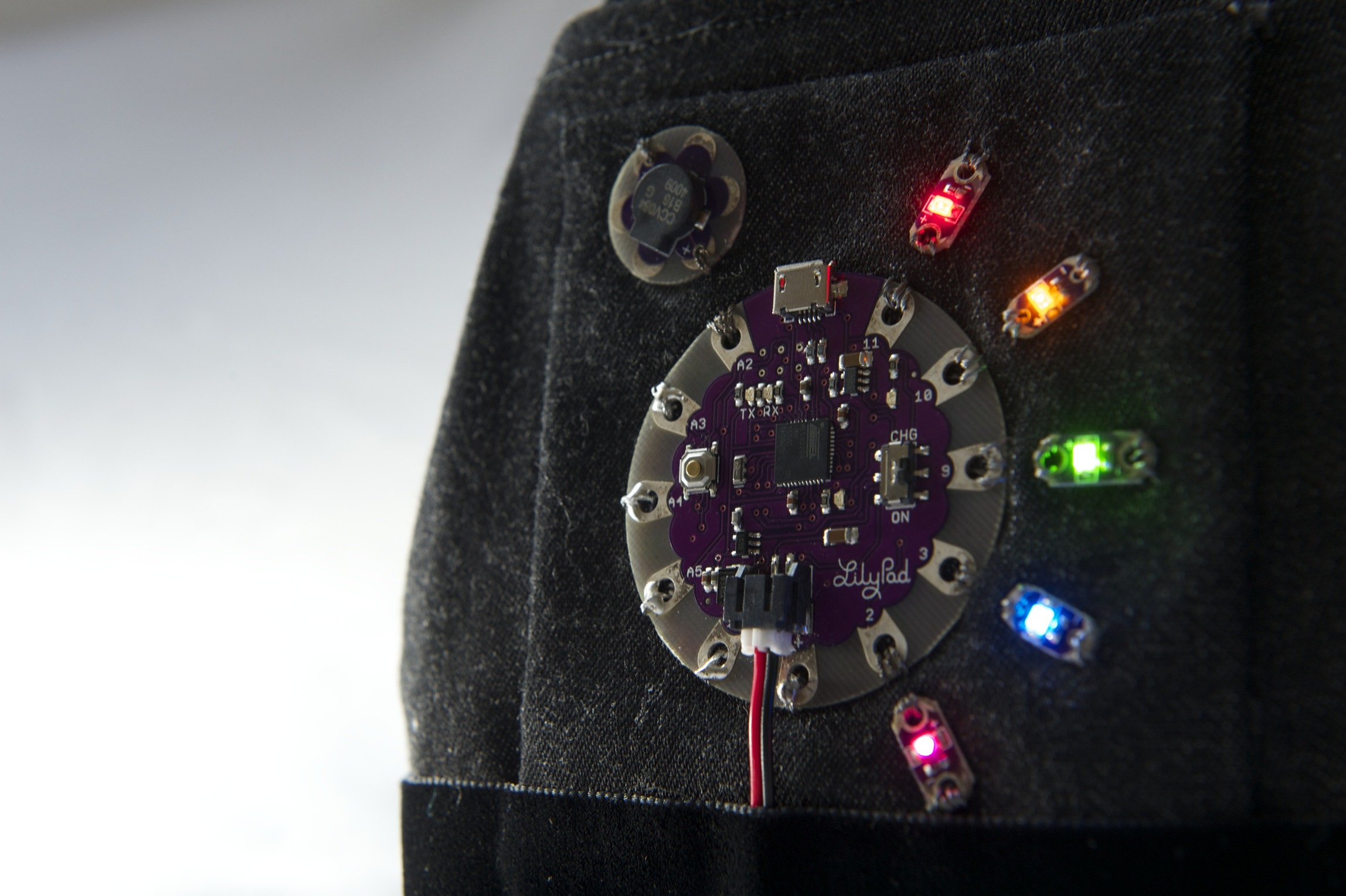AREAS OF RESEARCH INTERESTS

Perceived Forgetfulness
I’m concerned with perceived forgetfulness. Some people are not medically diagnosed as forgetful, but they believe themselves to be forgetful. Because of this belief, forgetfulness affects their day to day lives in a negative way. I’m looking for ways to alleviate these negative emotions / negative implications in their lives.
Physical Computing
I love to build physical systems. I use a variety of hardware and software to make portable systems which may sense or respond to our relationship with a physical world.
Wearable Computing (wearables) on body systems
These typically small electronic devices are worn by a user that either is the clothing/accessory or worn under it. There is usually a constant interaction with the user and the device and is described as augmented in terms of adding functionality to what the wearer would normally do or how they would function.
Supervisors:
Dr. Matthew Purver
Dr. Tony Stockman
Independent Assessor:
Dr. Hamed Haddadi
Examiners:
Professor Peter Wright
Professor Paul Curzon

Links
Research Promoted
Work / Research / Profile
Other Information
FOCUS AREAS: wearables, forgetfulness, physical computing, experience-centred design, smart devices, real-world and autobiographical research, HCI, augmented human, visual impairment, materials exploration
PhD Thesis and download information [Sponsor: Engineering and Physical Sciences Research Council (EPSRC)]
Conference Paper: Message Bag: Can Assistive Technology Combat Forgetfulness?
Conference Paper: Did you pack your Keys? Smart Objects and Forgetfulness
Alumni of Queen Mary University of London’s Media & Arts Technology programme, and the Cognitive Science Research group.
Investigating the design of smart objects to reduce anxiety about forgetfulness
When we forget things, we feel anxious which can impact our day negatively. Some individuals believe they are forgetful, so emphatically, it disrupts their day. There has been little discussion about perceived forgetfulness in design and HCI, combined with few studied smart objects to aid with memory. However, embedded systems, radio frequency identification (RFID) and HCI research provides inspiration towards creating a solution. Challenges of creating a day-to-day smart object that can enhance a user’s lifestyle are explored and recommended design guidelines for creating a smart object in a specific domain are the focus of my thesis.
Abstract
Using an experience-centred approach, ‘Message Bag’ and ‘Tag Along’ are two purpose built object-based memory aids that have emerged as a result of investigating the design processes for smart objects. The work examines smart objects in the context of forgetting what items to pack in a bag. A solution presented is a device consisting of an RFID system involving (a) pre-tagging essential items; (b) scanning those tagged items and; (c) viewing a corresponding light illuminate, to communicate to the user. Although the conceptual model is simple, success depends on a combination of technical design, usability and aesthetics. These scanning interactions result in a person feeling more confident as suggested through autoethnography reporting, real-world, third person engagements – single user walkouts, conference demos, professional critiques, and residential weekends with potential users (focus group) studies conducted.
My work involved extensive autobiographical research and design-led enquiries. Testing was undertaken with investigative prototypes, followed by field testing high-fidelity prototypes. This involved an in-the-wild comparative study involving six users over several months. Results show that people feel more confident and respondents claim no longer needing to continually check items are packed, thus ‘gaining time’, and feeling less forgetful.
Although the application of RFID is not new to ubiquitous computing, this implementation, styling and system immediacy is novel. This thesis presents the development of ten prototypes as well as design guidelines. The research provides a solid base for further exploration and includes the discovery of the importance of a user’s style universe and extreme ease-of-use. I conclude with the presentation of early positive results including; (i) the unique form factor becomes a reminder itself and; (ii) usability coupled with the intuitive nature of the system is shown to be essential. We found that when you are creating a smart object, usability and an intuitive nature is even more important than in a standard system. When dealing within the domain of forgetfulness, this is paramount.













